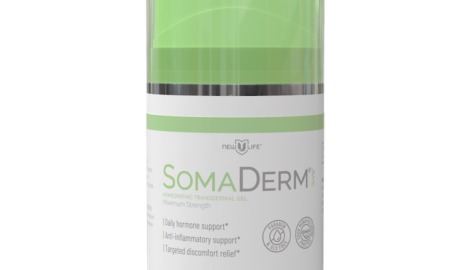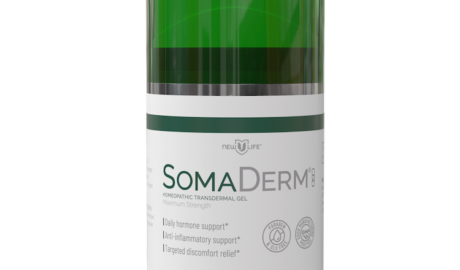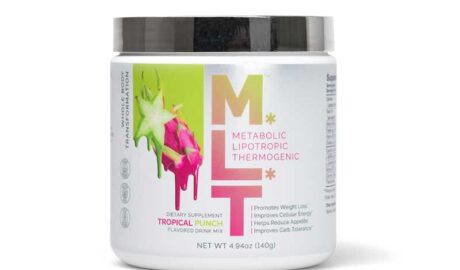You might have already guessed this from the coughs and sniffles around you, but a lot of people are sick right now, and a lot of them have COVID. According to the CDC’s latest data, levels of SARS-CoV-2 in wastewater are “very high” in every region of the country; national levels have been “very high” for about a month. Test positivity is higher now than it was during the most recent winter surge: Many people who seem like they might have COVID and who are curious or sick enough to get a test that’s recorded in these official statistics are turning out to, indeed, have COVID.
COVID-19 remains deadlier than the flu, and has the potential to cause debilitating symptoms that can last for years. It sends far more people to the hospital than RSV. But as of March, the CDC does not distinguish among these respiratory viruses—or any others—in its advice to the American public. If you’re sick, the agency advises, simply stay home until you’ve been fever-free and your symptoms have been improving for 24 hours. These days, hardly any public spaces specifically exclude people with an active COVID infection. Numerous sick people are not bothering to test themselves for the virus: Compared with 2022 and even 2023 numbers, sales of at-home COVID tests have tanked.
Why, at this point, should anyone bother to figure out what they’re sick with? One answer is treatment. Getting a prescription for the antiviral Paxlovid requires confirming a COVID infection within the first five days of sickness. But there’s an extra reason for every American to test this second if they’re feeling under the weather: Our current COVID wave is crashing right into vaccine season, and knowing when your most recent infection was is crucial for planning your autumn shot.
Immunology is a slippery science, so vaccine timing is not one size fits all. But as I reported in 2022, immunologists generally advise spacing out your doses from one another, and from bouts of COVID itself, by at least three months in order to maximize their effects. (The CDC advises waiting three months after COVID but four months after a shot if you’re eligible for more than one a year.) If your immune system is left in peace for long enough after a vaccine or infection, it can generate cells that provide durable protection against disease. Getting a COVID shot too soon after an infection might interrupt that process, compromising your long-term defenses. At the very least, in that scenario the vaccine “just probably won’t really do much,” says Jenna Guthmiller, an immunologist at the University of Colorado, because your immune system would already have been activated by the infection.
This is why knowing whether you have COVID right now is worthwhile. Pharmacies around the country are currently giving out Moderna’s and Pfizer’s 2024 vaccines; last week, Novavax received FDA authorization for its updated formula, which should be available soon. But if you’ve just had COVID, now is exactly when you don’t want a shot. (There are some exceptions to the three-month rule: For people who are immunocompromised, older, or otherwise high-risk, the short-term protection against infection that vaccination offers can outweigh any drawbacks.) When you do want the shot is another question. Ideally, you would get the vaccine a couple of weeks before you’re most likely to be exposed, whether because you’re gathering in large groups for the holidays or because the virus is surging in your community. If, say, you come down with COVID today, you might want to wait until as close to Thanksgiving as possible before getting an updated shot.
If you do have COVID this month—or if you had it this summer—the genetic makeup of the virus that infected you is almost certainly not identical to what’s in the newest vaccines. Pfizer’s and Moderna’s shots were based on a variant called KP.2, which was dominant in May. The Novavax formula is built around JN.1, which ruled the COVID landscape way back in January. Newer variants are far more common now, including KP.3 and LB.1. But wait long enough past an August or September infection and a somewhat-outdated vaccine should still boost your immunity. “If the vaccine is X and you got infected with Y, the vaccine of X is going to boost immunity that cross-reacts with Y,” Guthmiller told me. “And that still puts you in a fine place to combat Y, and then Z”—whatever variant comes next.
Part of the reason that infection and vaccination timelines are colliding is because, despite attempts to respond to COVID with the American flu toolkit, SARS-CoV-2 is simply not following flu’s usual winter schedule. “Flu is, for the most part, very predictable,” Guthmiller said. COVID has an approximate seasonal pattern, but instead of a single winter wave, it’s so far landed on twice-yearly surges, the timing, size, and precise dynamics of which remain unpredictable. This year’s summer wave, for example, dwarfs last year’s, and started earlier. And yet the CDC recommends most Americans get a COVID vaccine once a year, beginning right around now, when many people have recently been infected. (People over 65, and those with certain immune conditions, are allowed multiple shots a year.)
All of this is happening while Americans are getting progressively less information about how much COVID is spreading through their communities. The CDC stopped reporting new daily COVID infections in May 2023. This April, it stopped requiring hospitals to submit their COVID data to its national disease-monitoring network. (Last month, the agency announced that hospitals must report on COVID, RSV, and flu beginning on November 1.) Still, the information we do have suggests that any respiratory illness you might get right now has a decent chance of being caused by SARS-CoV-2. Testing remains the best way to know, with reasonable confidence, whether it is. But unless you have some tests stockpiled, you’ll have to buy them yourself. The program that sent a handful of free kits to each American household in 2022 and 2023 was paused in March, and the federal government won’t start taking orders for free COVID tests again until the end of the month.
About the Author
Rachel Gutman-Wei is a supervisory senior associate editor at The Atlantic.
More Stories
How Risky Is COVID for an 81-Year-Old?
Baltimore Lost More Than a Bridge





